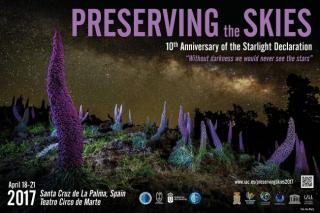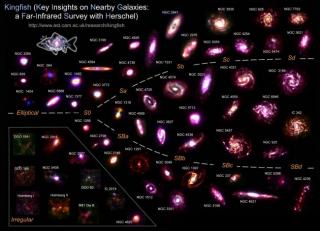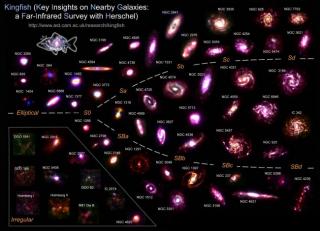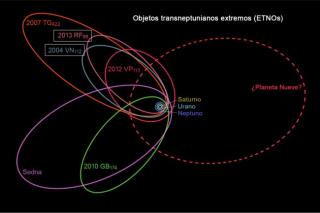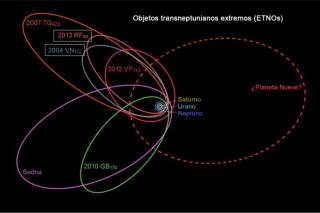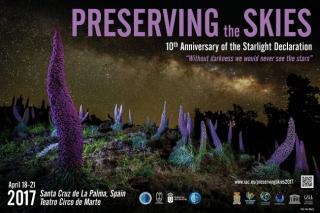
Este encuentro internacional, que se celebrará en La Palma del 18 al 21 de abril, incluye ponencias y charlas magistrales de distintas disciplinas, además de actividades para público general, con el objetivo de recordar la necesidad de la defensa de la calidad del cielo nocturno y el derecho a la observación de las estrellas.
Advertised on
